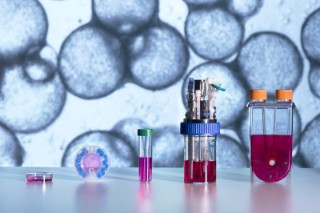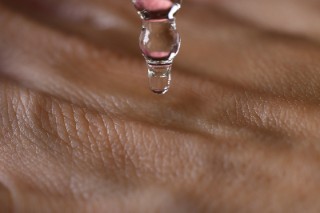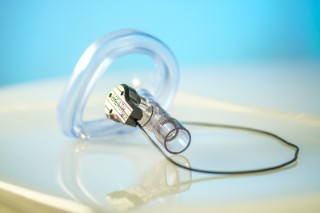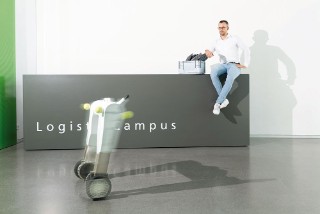Sustainability in the semiconductor industry / 2024
PFAS-free polymer membranes for semiconductor processing

Due to their stability and resistance to water and grease, PFAS chemicals (short for per- and polyfluoroalkyl substances) are used in a wide range industries, but they are harmful to health and the environment. Membranes containing PFAS are used in many semiconductor manufacturing processes, for example. Researchers from the Fraunhofer Institute for Applied Polymer Research IAP have now developed a sustainable alternative in the form of an innovative, PFAS-free membrane. The chemically stable, highly permeable polymer membrane has a pore diameter of approx. seven nanometers and enables filtration of the smallest particulate contaminants. The membrane can be customized to meet specific needs, which makes it easy to integrate the new process into existing systems.
more info















